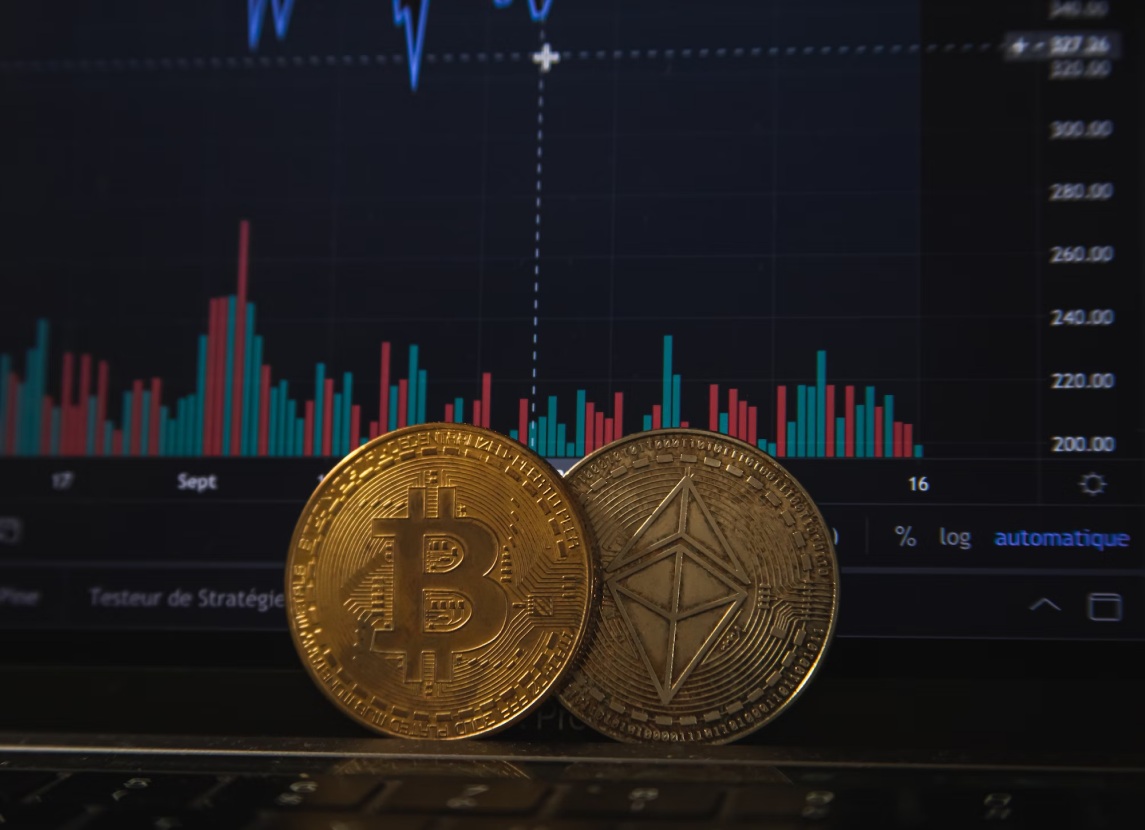Tesla stock tumbles over 3% on Tuesday: are Robotaxi dreams fading fast?

Share:

Tesla stock (NASDAQ: TSLA) fell sharply on Tuesday, sliding more than 3% to close at $396.40, as investors reevaluated the company’s bold bets on autonomous vehicles.
The stock’s decline wiped out billions in market value and underscored nagging doubts about the timeline and commercial viability of Tesla’s Robotaxi ambitions.
The electric vehicle pioneer has leaned heavily into its vision of a driverless future, but growing competitive pressures, regulatory delays, and questions around execution are starting to temper recent market enthusiasm.
For some, Tuesday’s sell-off is a reality check: full autonomy may be further from becoming a mainstream business than Tesla bulls had hoped.
Competitive headwinds and Robotaxi deadlines
Elon Musk has made Robotaxi and fully autonomous driving the centerpiece of Tesla’s growth narrative.
Last year’s dramatic unveiling of the Cybercab, a stripped-down EV built specifically for ride-hailing, set ambitious expectations for a revolution in urban mobility.
Musk recently doubled down, promising mass production by April 2026 and asserting that Robotaxi fleets could change how cities move.
Yet, industry rivals like Waymo and Baidu are not standing still. Waymo has already rolled out driverless ride-hailing at scale in several US cities, with expansion to highways and airports well underway.
Cruise, another major contender, exited the market after setbacks, but newcomers like Zoox and May Mobility are expanding pilot fleets, increasing competitive heat.
Meanwhile, every slip in Tesla’s autonomy timeline draws more skepticism.
The company remains in regulatory limbo in key states, its Cybercab prototypes still require human safety monitors, and compliance with federal rules for a steering wheel-free vehicle remains years away.
As rivals consolidate their foothold with working technology, the market is growing impatient with Tesla’s perpetual promise of “next year” breakthroughs.
Tesla stock: Investors rethink margins, and Musk’s master plan
The latest sell-off also reflects mounting concerns about Tesla’s near-term financial performance and longer-term transformation.
Despite topping 1.7 million unit deliveries in the last year and holding the title of America’s top-selling EV brand, Tesla’s automotive gross margin has slumped below 17%, its lowest mark since 2022.
That margin crunch amplifies risk: developing, launching, and subsidizing Robotaxi fleets will require significant R&D spending just as operating profits grow thinner.
Analysts remain split on whether Tesla can successfully pivot beyond the car business and create sustainable value in autonomy and robotics.
Musk’s showmanship, complete with demonstrations of humanoid robots folding shirts, can’t shake doubts about when, or if, the software will truly be ready, or that the Cybercab will get regulatory greenlights without major redesigns.
Bulls point to Musk’s relentless execution and Tesla’s vertical integration, including planned in-house chip manufacturing, as proof that the company can deliver.
But with Wall Street consensus still rating the stock as a “Hold” and a growing band of skeptics, investors are demanding more than visionary talk.
Tuesday’s tumble speaks to a market recalibrating its expectations, not only for Robotaxi innovation, but for Tesla’s capacity to justify its lofty valuation in a race against both time and rising competition.
The post Tesla stock tumbles over 3% on Tuesday: are Robotaxi dreams fading fast? appeared first on Invezz
Tesla stock tumbles over 3% on Tuesday: are Robotaxi dreams fading fast?

Share:

Tesla stock (NASDAQ: TSLA) fell sharply on Tuesday, sliding more than 3% to close at $396.40, as investors reevaluated the company’s bold bets on autonomous vehicles.
The stock’s decline wiped out billions in market value and underscored nagging doubts about the timeline and commercial viability of Tesla’s Robotaxi ambitions.
The electric vehicle pioneer has leaned heavily into its vision of a driverless future, but growing competitive pressures, regulatory delays, and questions around execution are starting to temper recent market enthusiasm.
For some, Tuesday’s sell-off is a reality check: full autonomy may be further from becoming a mainstream business than Tesla bulls had hoped.
Competitive headwinds and Robotaxi deadlines
Elon Musk has made Robotaxi and fully autonomous driving the centerpiece of Tesla’s growth narrative.
Last year’s dramatic unveiling of the Cybercab, a stripped-down EV built specifically for ride-hailing, set ambitious expectations for a revolution in urban mobility.
Musk recently doubled down, promising mass production by April 2026 and asserting that Robotaxi fleets could change how cities move.
Yet, industry rivals like Waymo and Baidu are not standing still. Waymo has already rolled out driverless ride-hailing at scale in several US cities, with expansion to highways and airports well underway.
Cruise, another major contender, exited the market after setbacks, but newcomers like Zoox and May Mobility are expanding pilot fleets, increasing competitive heat.
Meanwhile, every slip in Tesla’s autonomy timeline draws more skepticism.
The company remains in regulatory limbo in key states, its Cybercab prototypes still require human safety monitors, and compliance with federal rules for a steering wheel-free vehicle remains years away.
As rivals consolidate their foothold with working technology, the market is growing impatient with Tesla’s perpetual promise of “next year” breakthroughs.
Tesla stock: Investors rethink margins, and Musk’s master plan
The latest sell-off also reflects mounting concerns about Tesla’s near-term financial performance and longer-term transformation.
Despite topping 1.7 million unit deliveries in the last year and holding the title of America’s top-selling EV brand, Tesla’s automotive gross margin has slumped below 17%, its lowest mark since 2022.
That margin crunch amplifies risk: developing, launching, and subsidizing Robotaxi fleets will require significant R&D spending just as operating profits grow thinner.
Analysts remain split on whether Tesla can successfully pivot beyond the car business and create sustainable value in autonomy and robotics.
Musk’s showmanship, complete with demonstrations of humanoid robots folding shirts, can’t shake doubts about when, or if, the software will truly be ready, or that the Cybercab will get regulatory greenlights without major redesigns.
Bulls point to Musk’s relentless execution and Tesla’s vertical integration, including planned in-house chip manufacturing, as proof that the company can deliver.
But with Wall Street consensus still rating the stock as a “Hold” and a growing band of skeptics, investors are demanding more than visionary talk.
Tuesday’s tumble speaks to a market recalibrating its expectations, not only for Robotaxi innovation, but for Tesla’s capacity to justify its lofty valuation in a race against both time and rising competition.
The post Tesla stock tumbles over 3% on Tuesday: are Robotaxi dreams fading fast? appeared first on Invezz



